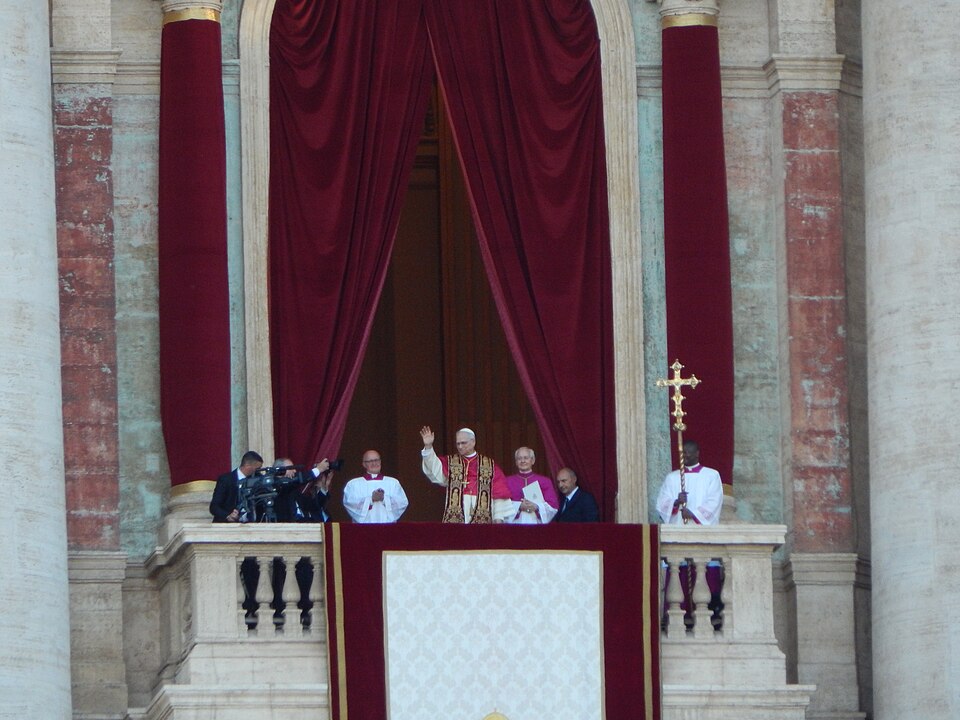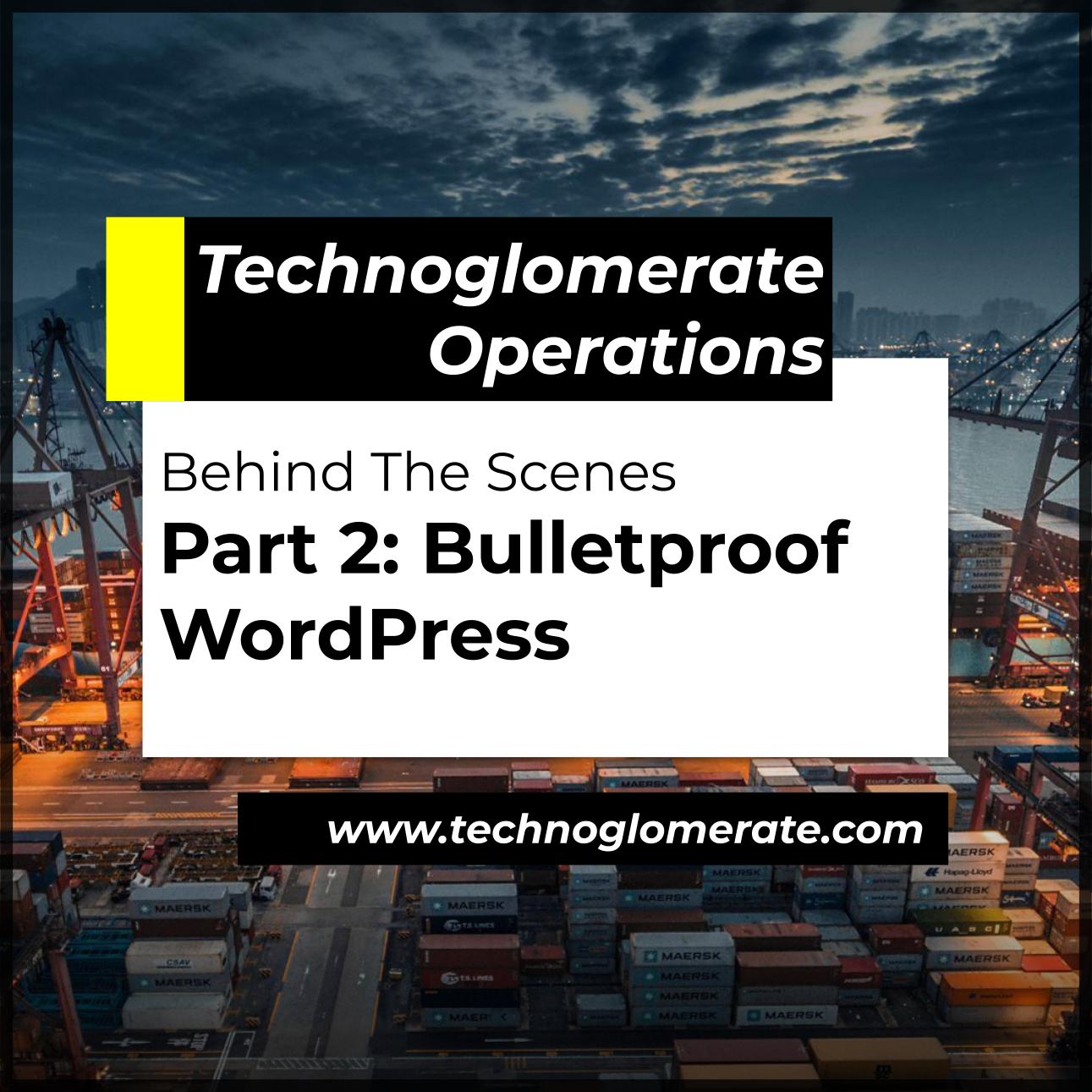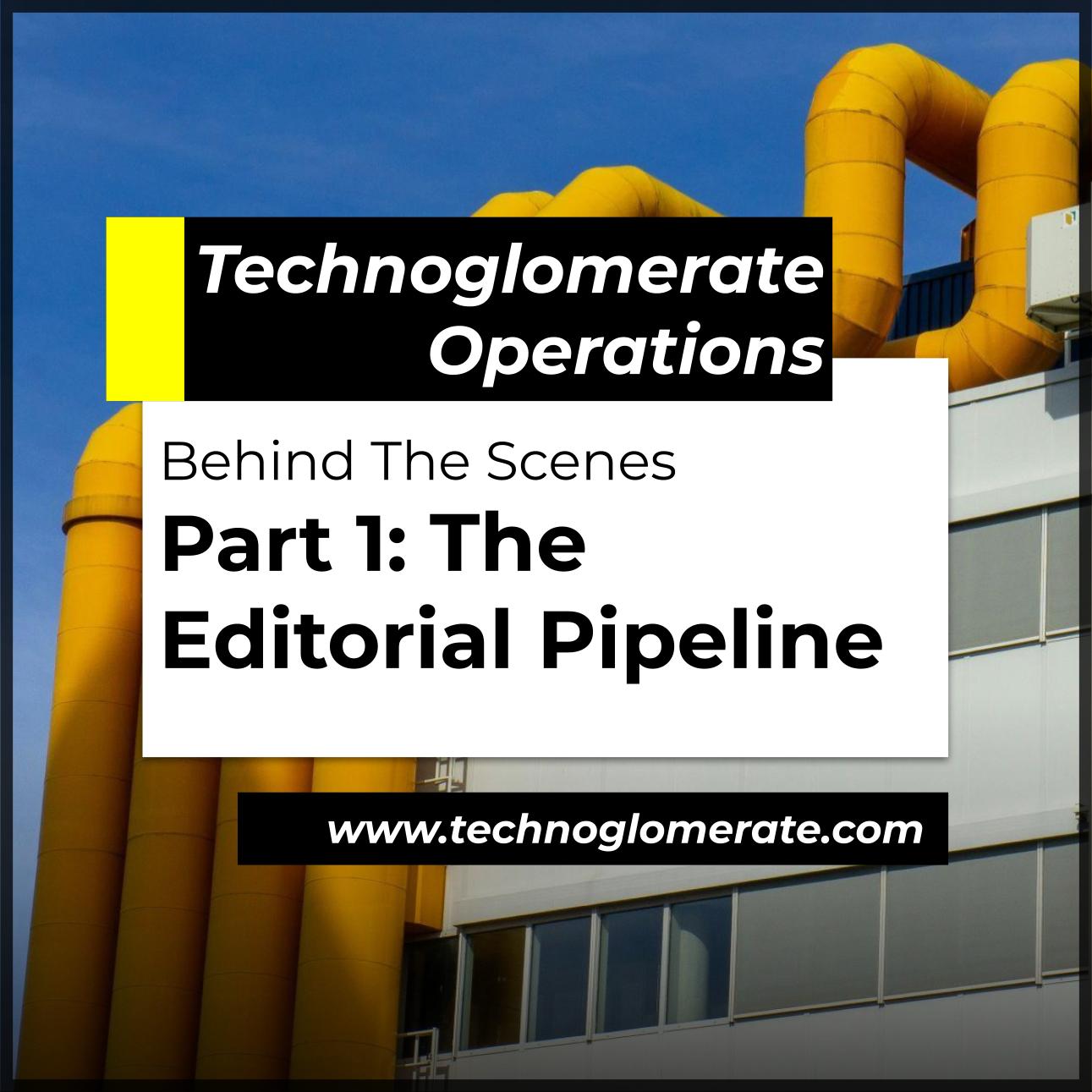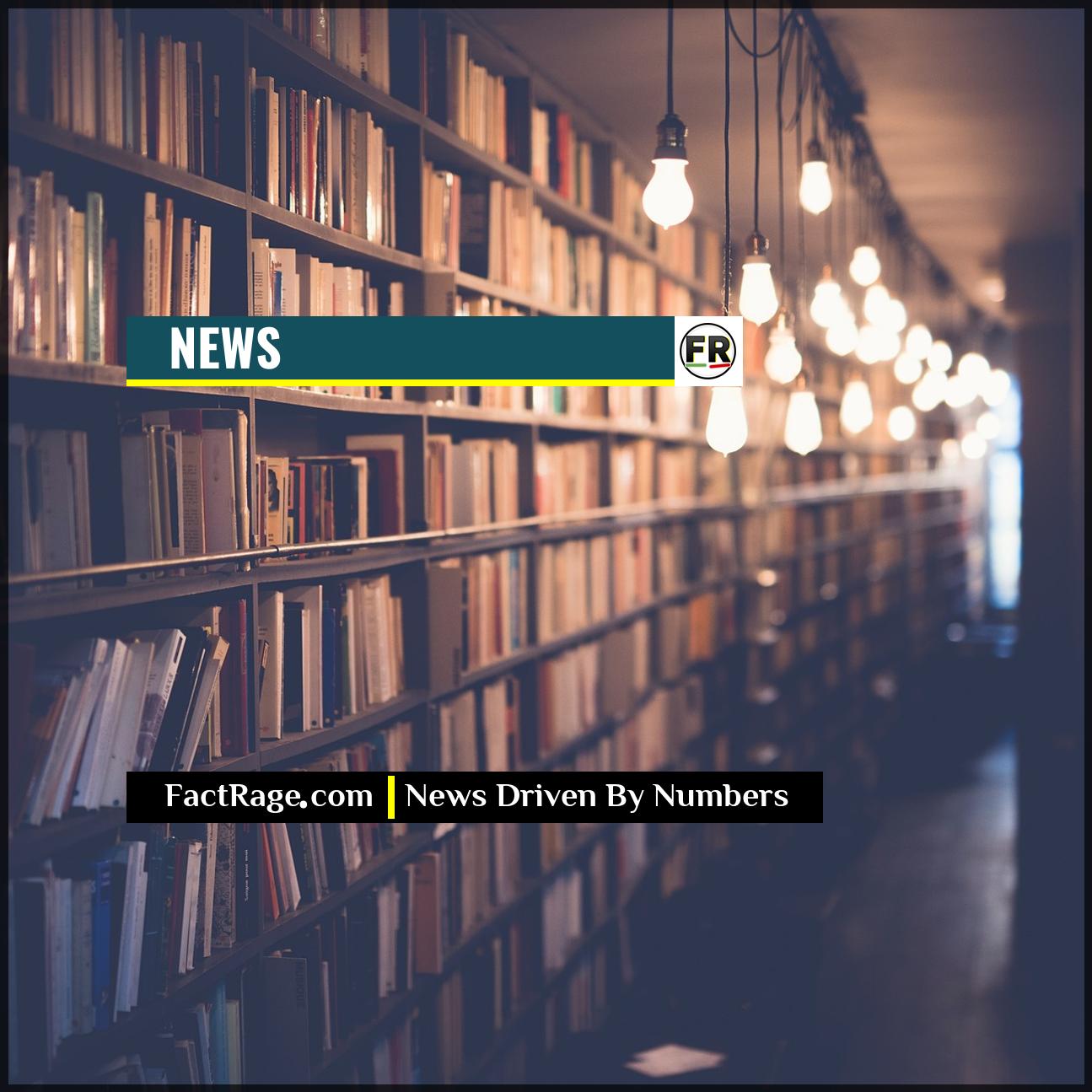- Key Background: Robert Prevost, now Pope Leo XIV, hails from Chicago, USA, making him a unique figure with American roots influencing his perspective. His voting record indicates a centrist approach, having participated in both Republican and Democratic primaries.
- Augustinian Formation: Educated at Villanova University, Pope Leo XIV is deeply connected to the Augustinian order, known for its emphasis on community engagement and service, contrasting with more isolated monastic traditions. This background may shape his leadership style and priorities.
- Early Expectations: As the new Pontiff, Pope Leo XIV is expected to navigate the complexities facing the Catholic Church with a blend of American pragmatism and Augustinian values, potentially focusing on dialogue, social justice, and administrative reforms, as indicated by the initial events following his election.
In the wake of the papal conclave that elevated Cardinal Robert Prevost to the papacy, the world is abuzz with questions about the implications of this historic decision. While his American identity and Augustinian affiliation have dominated initial reports, a deeper examination reveals a man shaped by diverse experiences that extend far beyond these defining characteristics. From his years of service in the Peruvian missions to his pivotal role within the Vatican’s administrative machinery, Pope Leo XIV brings a wealth of knowledge and a distinctive worldview to the Chair of Saint Peter. This story aims to move beyond the sound bites and offer a more comprehensive analysis of his background, potential priorities, and the challenges that lie ahead for the Catholic Church under his leadership.
Part 1 | An American Pope: Beyond the Ballot Box
The election of Robert Prevost, now Pope Leo XIV, marks a significant moment in the history of the papacy, bringing to the forefront a figure whose American identity adds a unique dimension to the Vatican’s global stage. While the headlines have emphasized his Chicago roots and voting record, a closer look reveals a man whose understanding of the American experience may shape his approach to the challenges facing the Catholic Church.
His documented voting history, as revealed by Illinois State Board of Elections records and confirmed by L2 Data, a service used by political campaigns, indicates a consistent engagement in the American democratic process. He is registered to vote in the Chicago suburb of New Lenox, and records show participation in both Republican and Democratic primaries, with a slight leaning towards the Republican side. This centrist approach to voting, while perhaps surprising to some, could signal a willingness to engage with diverse political viewpoints and foster dialogue across ideological divides. It is also reported that he did vote in the 2024 general election.
However, it is crucial to avoid oversimplifying his identity. While his American upbringing provides a valuable lens through which he views the world, his years of service in Peru and within the Vatican have broadened his perspective, creating a synthesis of American pragmatism and global awareness. His understanding of American culture, particularly the complexities of its social and political landscape, could prove invaluable as he navigates the delicate balance between tradition and modernity within the Church. Furthermore, his political awareness, demonstrated by his consistent participation in the American electoral process, may translate to a greater willingness to address the intersection of faith and politics on a global scale. While it is too early to say precisely how his American roots will influence his papacy, they undoubtedly add a unique and compelling layer to his leadership.
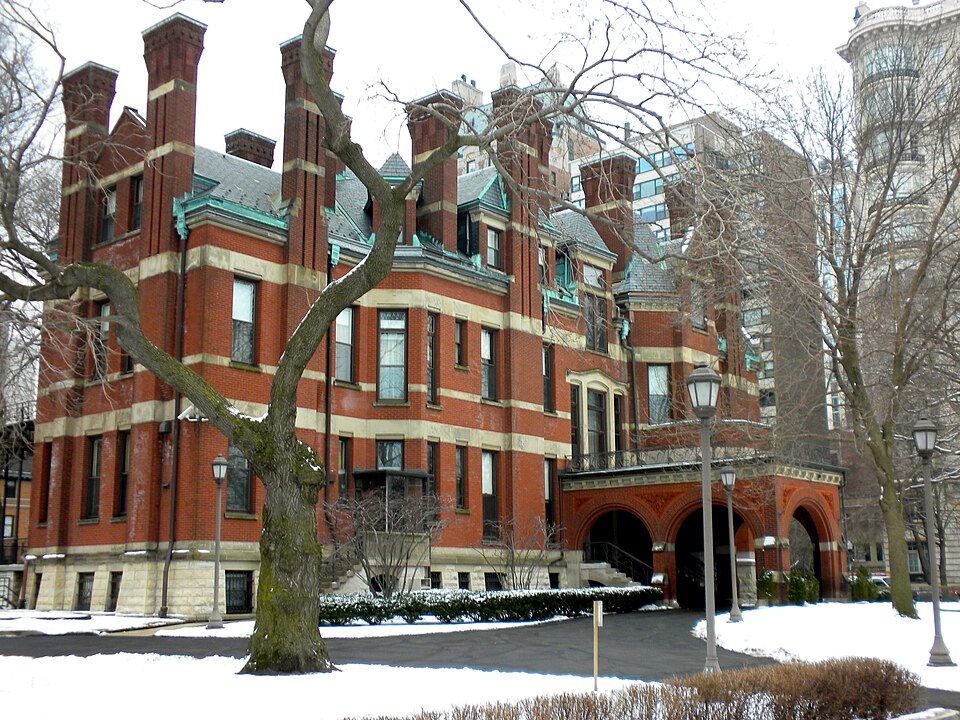
Part 2 | An Augustinian at Heart: Community and Engagement as Guiding Principles
Beyond his American identity, Pope Leo XIV’s deep connection to the Order of Saint Augustine offers another crucial lens through which to understand his potential approach to the papacy. A proud alumnus of Villanova University, an institution steeped in the Augustinian intellectual and spiritual tradition, his formation within this order has instilled in him core values that are likely to shape his leadership. Villanova, renowned for its theological studies, provided him with a strong foundation in Augustinian thought, emphasizing the pursuit of truth through reason and faith.
The Augustinian order, formally established in the 13th century draws its inspiration from the teachings and community life of St. Augustine of Hippo in the 4th and 5th centuries and distinguishes itself through its emphasis on communal living and active engagement with the wider world. At a time when many monastic orders were characterized by their relative isolation and contemplative focus, the Augustinians made a deliberate choice to participate actively in the communities where they resided. Guided by the Rule of St. Augustine, which stresses “living together in harmony, being of one mind and one heart on the way to God,” the order prioritized shared resources, mutual support, and service to those in need.
This historical emphasis on community and engagement is a defining characteristic of the Augustinian tradition and is likely to resonate in Pope Leo XIV’s pontificate. We might anticipate a greater emphasis on collegiality and collaboration within the Church hierarchy, mirroring the communal ethos of his order. Furthermore, the Augustinian commitment to serving the needs of the community, both spiritual and temporal, could translate into a papacy that prioritizes social justice issues and actively seeks to address the challenges faced by marginalized communities worldwide. Just as the early Augustinians moved beyond the monastery walls to serve, Pope Leo XIV’s Augustinian formation suggests a pontificate that will not shy away from engaging with the complexities of the modern world and seeking to build bridges within the global community.
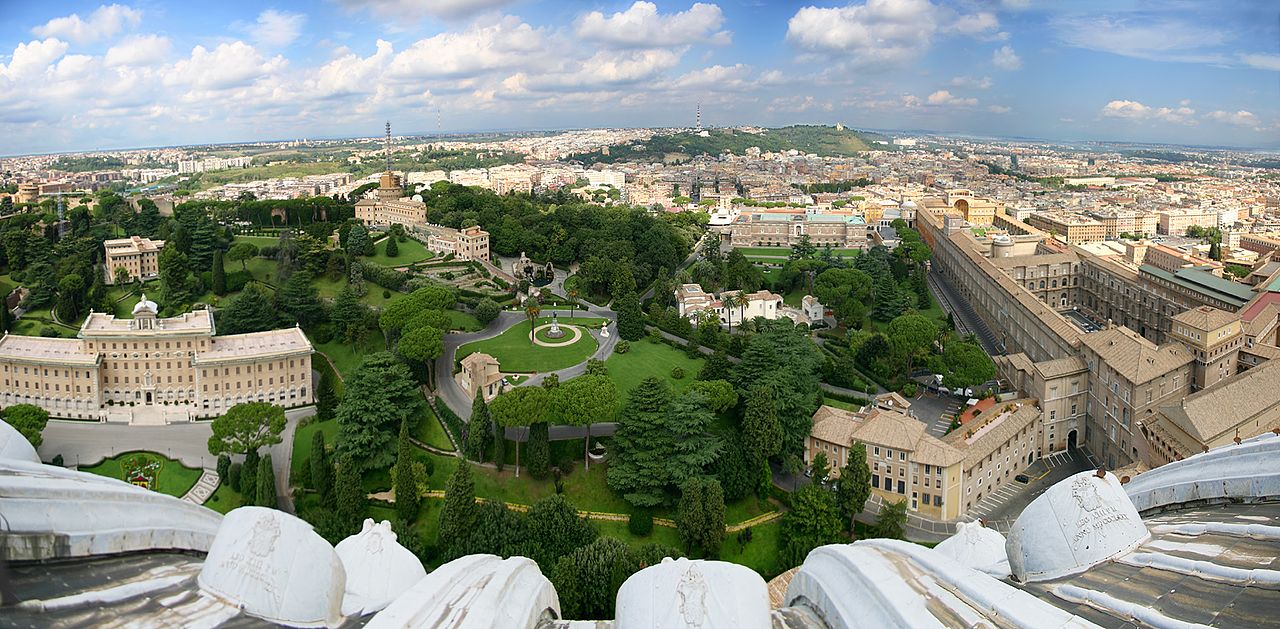
Part 3 | Charting the Course: Potential Priorities of Pope Leo XIV’s Pontificate
Drawing from his unique blend of American pragmatism and Augustinian ideals, Pope Leo XIV’s pontificate could potentially navigate the complexities facing the Catholic Church with a distinctive approach. His American background, marked by a centrist political engagement, might translate into a papacy that values dialogue and seeks common ground on contentious issues, both within the Church and in its engagement with the wider world. This could foster a greater emphasis on listening and understanding diverse perspectives, potentially leading to a more inclusive and collaborative style of leadership.
Furthermore, his deep immersion in the Augustinian tradition, with its core tenets of community, the pursuit of truth, and active service, suggests several potential priorities. The Augustinian emphasis on “living together in harmony” could manifest in efforts to strengthen collegiality among bishops and promote greater unity within the global Church. His order’s historical commitment to education and intellectual inquiry might lead to a renewed focus on theological dialogue and the Church’s role in addressing contemporary intellectual and ethical challenges.
Given the Augustinian charism of service to those in need, it is plausible that Pope Leo XIV will continue and perhaps amplify the Church’s engagement with social justice issues. His experiences, both in the United States and potentially informed by the Augustinian presence in Peru, could shape his understanding of poverty, inequality, and human rights on a global scale. We might see a strong emphasis on outreach to marginalized communities and a vocal stance on issues of social justice and peace.
Moreover, his prior experience within the Vatican administration, particularly as Prefect for the Dicastery for Bishops, provides him with firsthand knowledge of the inner workings of the Holy See. This could lead to a pragmatic approach to administrative reforms aimed at enhancing efficiency and transparency. Ultimately, while it is still early in his pontificate, the confluence of his American roots and Augustinian formation suggests a papacy that could be characterized by a commitment to dialogue, a focus on community and service, and a practical approach to the challenges and opportunities facing the Catholic Church in the 21st century.
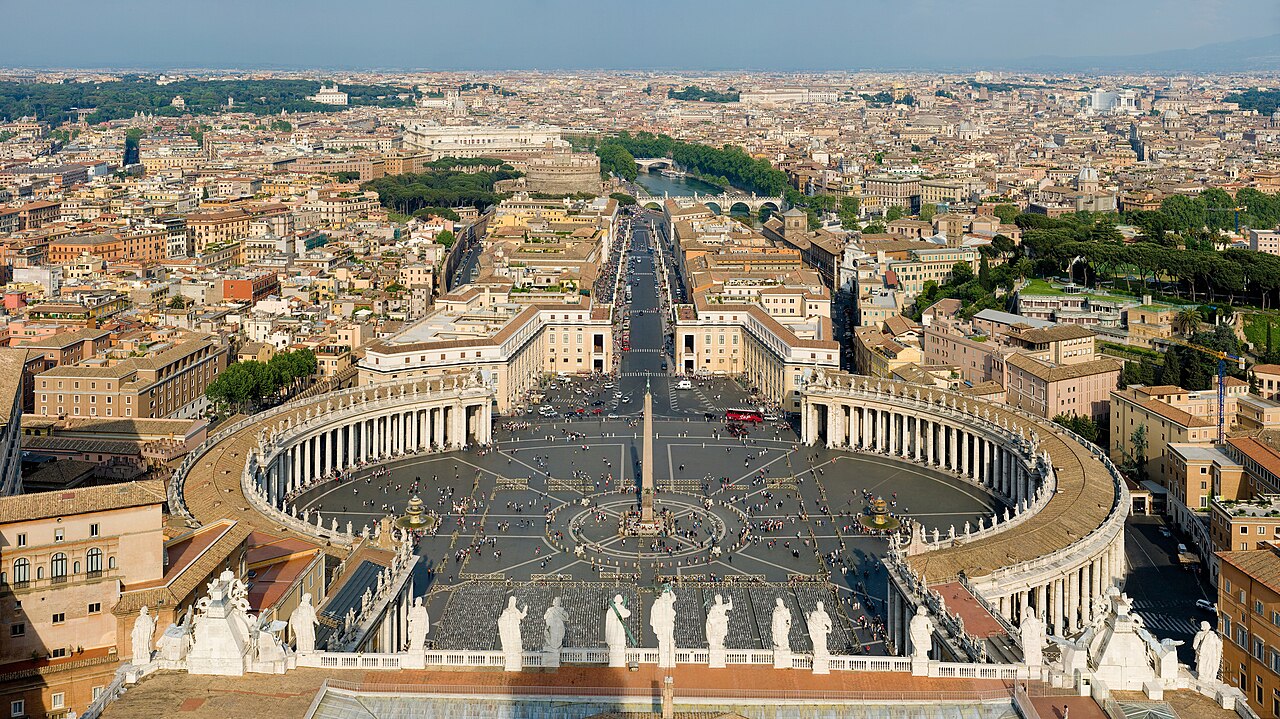
Part 4 | Looking Ahead: Key Dates and What to Expect in the Early Days of the Pontificate
Following the momentous election of Pope Leo XIV, the Catholic world now turns its attention to the series of significant events that mark the formal commencement of his pontificate. Just hours after accepting his election on May 8, 2025, the new Pope made his first public appearance from the balcony of St. Peter’s Basilica, offering his initial blessing to the jubilant crowds gathered below and delivering his first address.
The immediate days following the election are filled with important symbolic and practical steps. On Friday, May 9, 2025, Pope Leo XIV celebrated his first Papal Mass in the Sistine Chapel with the College of Cardinals who participated in the conclave, a moment of spiritual unity and the first official liturgy of his papacy. The subsequent Sunday, May 11, 2025, will see him lead the Regina Caeli prayer from the Central Loggia of St. Peter’s Basilica, a traditional Eastertide prayer that will offer another opportunity for the faithful to connect with their new shepherd.
Looking slightly further ahead, several key dates are already marked on the Vatican calendar. Pope Leo XIV is scheduled to meet with the College of Cardinals on Saturday, May 10, 2025, a crucial moment for establishing rapport and outlining initial priorities. He will then address the global press on Monday, May 12, 2025, providing his first formal communication to the world’s media and offering insights into his vision for the Church.
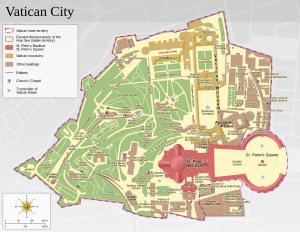
The formal inauguration of his pontificate will take place with a solemn Mass in St. Peter’s Square on Sunday, May 18, 2025. During this Mass, Pope Leo XIV will receive the pallium and the Ring of the Fisherman, the symbolic insignia of his office. In the days that follow, he will also take possession of the major basilicas of Rome: the Papal Basilica of St. Paul Outside-the-Walls on Tuesday, May 20, 2025, and the Papal Basilica of St. John Lateran and the Papal Basilica of St. Mary Major on Sunday, May 25, 2025. These acts signify his formal assumption of his role as the Bishop of Rome and his universal pastoral responsibilities. As these initial events unfold, the world will be watching closely for further indications of the direction and tone of Pope Leo XIV’s leadership in the years to come.

